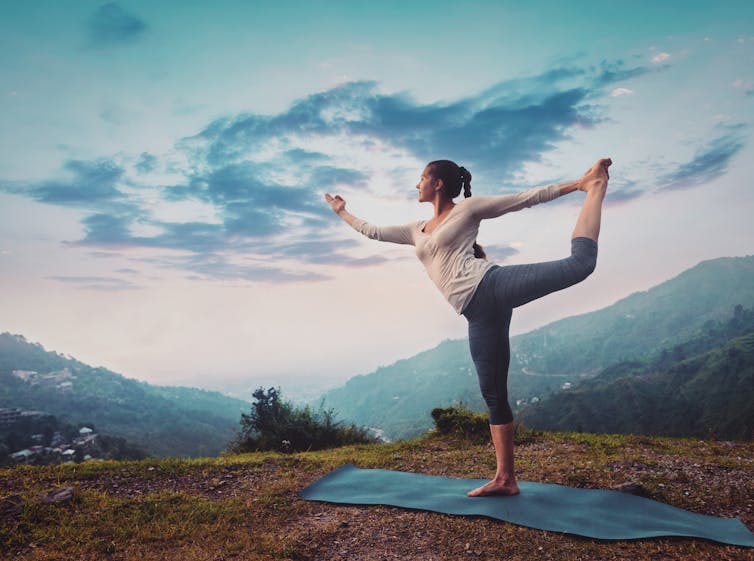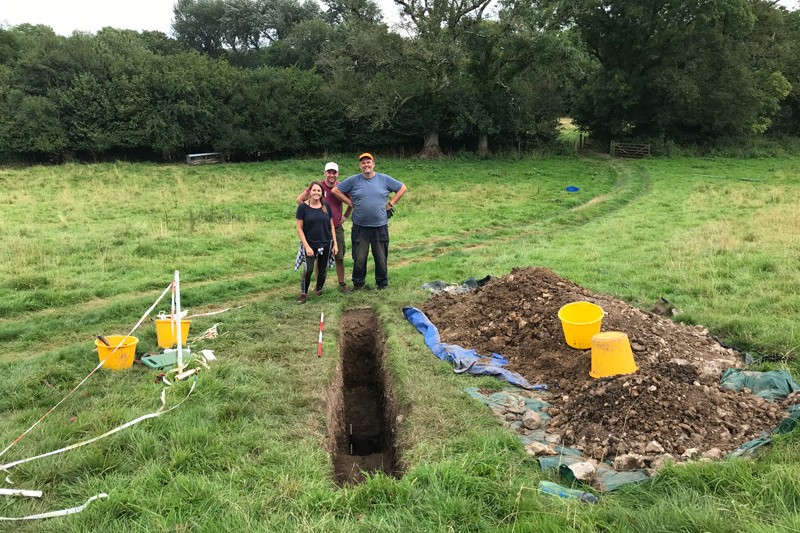Three ways to ensure 'wellness' tourism provides a post-pandemic opportunity for the travel industry
Jaeyeon Choe, Bournemouth University and Michael Di Giovine, West Chester University of Pennsylvania
The effects of COVID-19 vaccination programmes have led to a glimmer of hope that some of the things we used to enjoy may soon be part of our lives once again. High on many people’s priority lists will be foreign travel.
In the UK, the official declaration of a “roadmap” to normality was quickly followed by a surge in online bookings for flights and holidays. This is a welcome development for one of the industries hardest hit by the pandemic. It is good news for countries that depend on tourism, and it is undoubtedly good news for people who are desperate to get away.
Importantly, it is also a step towards an end to the uncertainty and isolation that in 2020 led to warnings of a global mental health crisis.
The pandemic also raised awareness of the importance of “wellness” – a state of physical, mental and social wellbeing – in people’s lives. Even without a pandemic to deal with, attempting to achieve this state is the basis of a global industry said to be worth around US$4.5 trillion a year.
The travel side of this, “wellness tourism”, was worth US$639 billion globally in 2017, a figure expected to increase to US$919 billion by 2022.
And while wellness tourism was growing rapidly before COVID-19 struck, last year saw a reported growth in internet searches about travel to “wellness destinations]”.
Destination-wise, places known for yoga, meditation and pilgrimage routes, such as Chiang Mai in Thailand and Bali in Indonesia, stand to benefit from increased demand.
Our own tourism research leads us to believe that countries which actively improve infrastructure to target wellness tourism will enjoy a particular boost in any post-COVID period.

To make sure of this, governments and tourism authorities need to optimise wellness tourism resources. Here are three things they should consider:
1. Encourage domestic tourism
One widespread response to the pandemic was the rediscovery of local natural beauty. New Zealanders for example, prohibited from international travel, flocked to the remote and previously under-visited Chatham Islands. Cambodians capitalised on the absence of some three million annual tourists to visit the Angkor Wat World Heritage site.
The pandemic has been seen as a time to reset longstanding social imbalances that barred local people from enjoying their own spaces. Not only would improved domestic tourism help support local businesses at these destinations, but it would also contribute to the wellbeing of the communities who live close to them.
2. Understand differences
Wellness can mean different things to different people and cultures. In Indonesia, the Balinese travel to religious or spiritual sites for rituals linked to their ancestors and families. This runs parallel to most western tourists’ experiences in Bali, who often visit centres targeted at their personal requirements, with spa treatments or yoga classes. Although westerners generate more profits than locals, it is important for the wellbeing of the surrounding community to ensure equal access to these sites.
Local Balinese yoga instructors often lack the marketing and financial resources to attract global wellness tourists. During the pandemic, some foreign-owned facilities (such as Yoga Barn, one of the most popular studios for westerners) sustained their business through digital video platform. Meanwhile, local facilities struggled without the technical skills and hardware to compete. And while large resorts are well positioned to benefit from post-pandemic wellness travel, they usually provide only low-paid jobs to locals. Support should be provided for small, locally owned wellness tourism businesses as well.
3. Support the small scale
The lack of social sustainability has often plagued tourism development schemes. Our concern is that as tourism gradually opens up again, businesses and governments will simply focus on the high-end luxury wellness market. They may look to smaller numbers of wealthy tourists to remedy economic damage, limit the possibility of spreading the pandemic, and mitigate the high costs of hospitalising sick visitors.
But they would be misguided to focus solely on this competitive niche. Many high-value tourism businesses are owned by foreign investors without local involvement or economic benefit. Local governments, tourism authorities, large businesses and international organisations must support community-based, small-scale enterprises in remote areas to build a more comprehensive wellness tourism sector.
Read more: How Bali could build a better kind of tourism after the pandemic
Overall, wellness tourism programmes should be developed in a way that empowers local communities, helps to reduce economic inequality and creates new livelihoods, especially in rural areas where poverty rates are high. It should also be developed beyond the popular destinations of Thailand and India to include poorer destinations, such as Laos, Nepal and Sri Lanka.
For while wellness tourism was gaining attention before the COVID period, the trend will probably continue as COVID restrictions (hopefully) ease. And with the necessary pause in arrivals right now, the industry has an opportunity to reflect on how to create a more sustainable approach to everyone’s wellbeing, wherever they live.
![]()
Jaeyeon Choe, Senior Academic in Sustainable Tourism Development, Bournemouth University and Michael Di Giovine, Associate Professor of Anthropology, West Chester University of Pennsylvania
This article is republished from The Conversation under a Creative Commons license. Read the original article.




